Service hotline
+86 0755-83975897
Release date:2025-02-20Author source:KinghelmViews:451
The race for semiconductor development is intensifying.In the face of labor shortages, supply chain delays and material scarcity, chipmakers are rushing to develop new and improved semiconductor products.
From 2019 to 2022,manufacturing costs increased by 7 percent and import prices rose by 5.7 percent. Disruptive technologies may give companies a way to navigate the heightened demand and logistics strain impacting their bottom lines.
Carnegie Mellon University researchers have created "Thubber," a novel soft composite material combining liquid elastomers with microscopic gallium indium alloy droplets. It boasts high electrical and thermal conductivity, operating from -80°C to 200°C, similar to liquid silicone rubber. Thubber generates internal heating when an electrical current is applied, making external heat sources unnecessary. It can also be fashioned into ultra-flexible thin films, overcoming challenges posed by thermal grease or aluminum plates.
Duke University researchers have developed a method for carbon-based semiconductors using microscopic cylinders of carbon atoms, stronger than steel and thinner than a human hair. This breakthrough addresses previous limitations where such cylinders couldn't be switched off, hindering their electronic applications. The team solved this by wrapping special polymers around metallic nanotubes, transforming them from conductors into semiconductors.
Glass offers affordability, excellent thermal properties, and physical characteristics akin to silicon. It retains its shape over time with minimal warping or degradation, enhancing the durability and efficiency of electronics.
Glass substrates promise superior signal performance compared to current organic substrates, driving their increasing adoption in advanced semiconductor packaging. They are well-suited for emerging applications that demand dense, high-performance interconnects in next-generation electronics.
Chipmakers are rushing to harness AI for microchips, but face challenges due to its energy-intensive nature. The emergence of the two-dimensional ferroelectric field-effect transistor, using hafnium oxide and tin sulfide, offers promising electrical characteristics. It operates significantly faster than human synapses, with minimal energy consumption, paving the way for ultralow-power, high-precision artificial neuromorphic networks at the nanoscale.
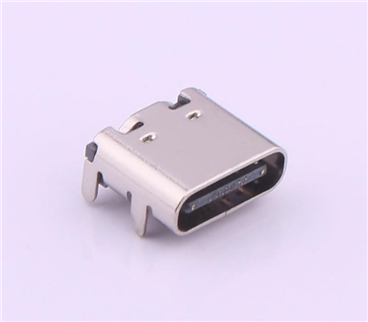
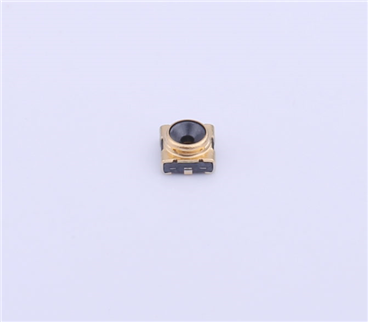
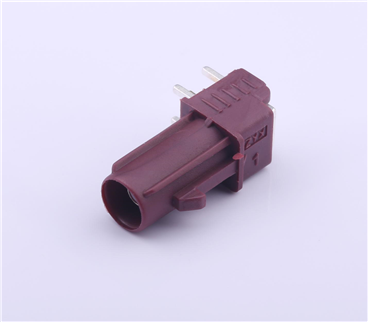


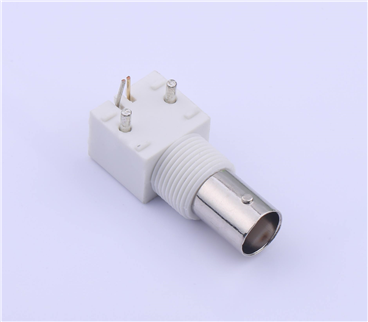
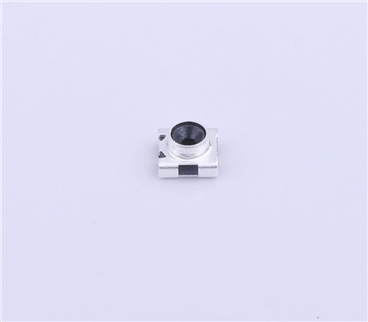
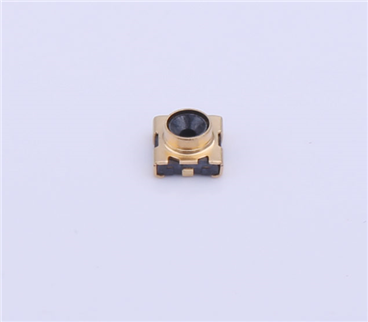
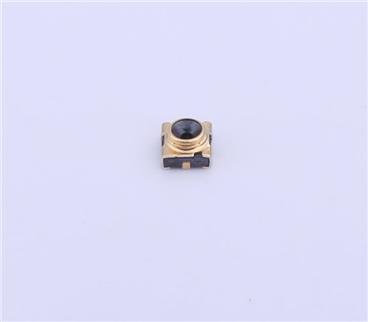
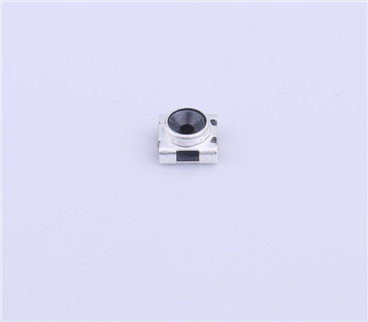
Copyright © Shenzhen Kinghelm Electronics Co., Ltd. all rights reservedYue ICP Bei No. 17113853